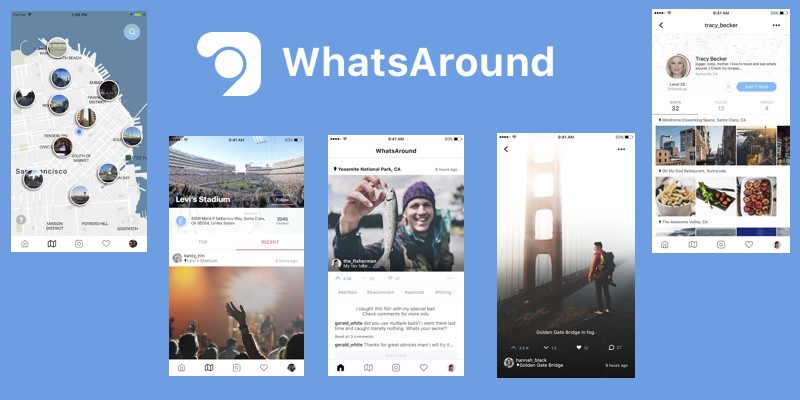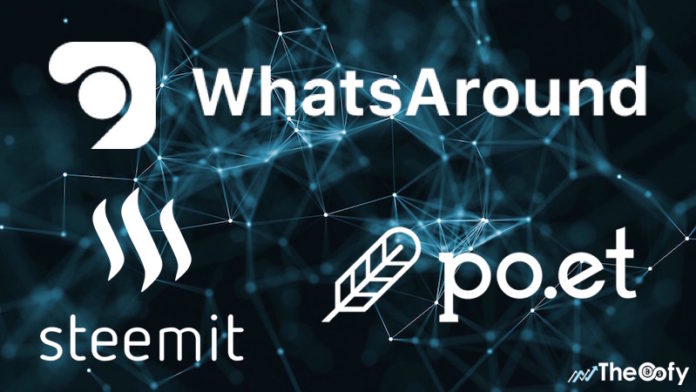Blockchain reminds us the reason we got into the social media fever: to connect and share the content we are the authors of, allowing a third party to build an empire on it was not planned.
By: Ester Gritsaeva
The purpose of social media is to connect us through the distance by sharing a secret place where you can find a beautiful fountain in Florence or an article about the cultural aspect of Turkish coffee. Although the current social media platforms allow us to do that, they also allow others, “unwanted participants”, to tap into our personal data and to exploit it maliciously and to profit from it exponentially.
I can tell you all about privacy issues and the way Facebook sells our personal data, but I would like to focus on the visual and written content that we produce on social media and beyond. By putting faith in the third party, we have renounced our right to profit from the content that we produce. Blockchain, however, can truly be a game changer. Funny enough, the idea of using Blockchain for social media takes us back to the fundamentals of the production – we own things that we produce, and if we give them up, then we need to be rewarded for them.
Social Media 2.0
Many platforms started to use Blockchain and to create social media 2.0. Here is a short rundown of the top three platforms in the blockchain social media sphere that are changing the game and liberating the way we produce, protect and admire the content.

WhatsAround is a platform that allows its users to share pictures and videos of the places they discover with a detailed location on the map while keeping the content in their hands. To incentivize people to use it, the app rewards people who discover new places with cryptos. You can also reward other users by upvoting their posts. There are also different levels that you can reach by growing your community, sharing more content, adding comments, voting and updating your profile. It is a personalized guide with a real-time review that helps you to find a nice local village in Cyprus or an amazing fishing spot in Yosemite National Park.

Steem.it – a platform that rewards the contributors of the content for the attention that their content brings. Steem.it believes that the users of the platform should be the one receiving the benefit, while other social media sites extract value for the benefit of their shareholders. Users can earn digital tokens by posting content, by voting a post before it becomes popular. By posting articles you maintain their ownership and directly benefit from the attention that they bring – the more popular they become the more money you will earn. You can earn money for your posts and comments or by upvoting posts and comments of others.
Po.et is a tool that allows publishers to timestamp their digital works. Po.et uses blockchain technology in order to create digital “fingerprints” that can mathematically prove an article hasn’t been altered or tampered with. Po.et uses cryptography to give both publishers and content creators the tools to automate the licensing process without relying on third parties. Providing an open network in a space typically controlled by third parties, Po.et connects creators and publishers directly. It allows writers to create immutable portfolios and timestamped titles for their work. Users can discover new content or verify its authenticity, authorized through a truly transparent system of attribution.
Blockchain As A Game Changer
Brian Solis said, “Social media spark a revelation that we, the people, have a voice, and through the democratization of content and ideas we can once again unite around common passions, inspire movements, and ignite change.”
Blockchain technology not only liberates the authors and rewards them for the content, but it protects the creative work from being stolen and allows a true connection to spark between people, without interference from a third party.
Platforms that utilize Blockchain to protect and share content will transform social media. What they are doing is massive for the content producers and revolutionary for everyone else. They show not what Blockchain might do one day, but what it already succeeds to do.




